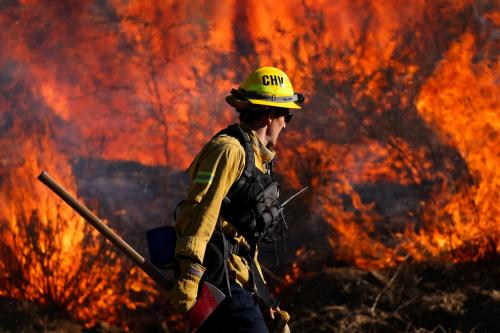It is an honor for me to be with you today to launch the Handbook for Applying the Guiding Principles on Internal Displacement in Peru. I am especially grateful to the organizers, Eliana Revollar Añaños and Percy Tapia Vargas, of the Program to Protect Populations Affected by Violence of the Peruvian Human Rights Ombudsman’s Office for organizing today’s event and for giving me the opportunity to present on the Handbook. My presentation is divided into four parts. First, I will give a brief overview of the development and content of the Guiding Principles on Internal Displacement. Then I will review the key themes found in the Principles concerning return, resettlement and reintegration of the internally displaced. Following this, I will discuss the Framework for Action for Internal Displacement developed at the recent regional seminar held in Mexico on internal displacement in the Americas. Lastly, I will conclude by suggesting how the Handbook will prove useful to efforts to address the concerns of the internally displaced in this country.
Let me begin with a few words about the development of the Principles. In the early 1990s, the number of persons forcibly displaced within their countries’ borders began to rise dramatically because of a preponderance of civil wars. It soon became clear, however, that unlike refugees, who could turn to established international legal and institutional mechanisms to receive protection and assistance, internally displaced persons were often left unprotected and forced to fend for themselves. The United Nations, governments, and international and national organizations had no single document to turn to as guidance for helping these vulnerable persons. At the request of international organizations, NGOs and the UN Commission on Human Rights, the Representative of the United Nations Secretary-General, Francis Deng, was asked to develop a normative framework for the internally displaced.
Under Dr. Deng’s direction a team of legal experts in consultation with a wide range of international organizations, regional bodies, non-governmental organizations (NGOs) and research institutions worldwide developed the Guiding Principles on Internal Displacement. These 30 Principles, which I will introduce to you today, are the first international standards specifically tailored to the needs of internally displaced persons. They set forth their rights and the obligations of governments and non-state actors to these populations during all phases of displacement — prior to displacement, during displacement, and during return and reintegration. Although they are not a legally binding document like a treaty, since their presentation to the UN Commission on Human Rights in 1998, they have acquired a good deal of international standing, moral authority and acceptance. The Principles are being widely used in all regions of the world by a growing number of governments and other actors concerned with addressing the protection and assistance concerns of the internally displaced.



Commentary
Internally Displaced Persons in the Truth Commission Report and the Guiding Principles
August 6, 2004